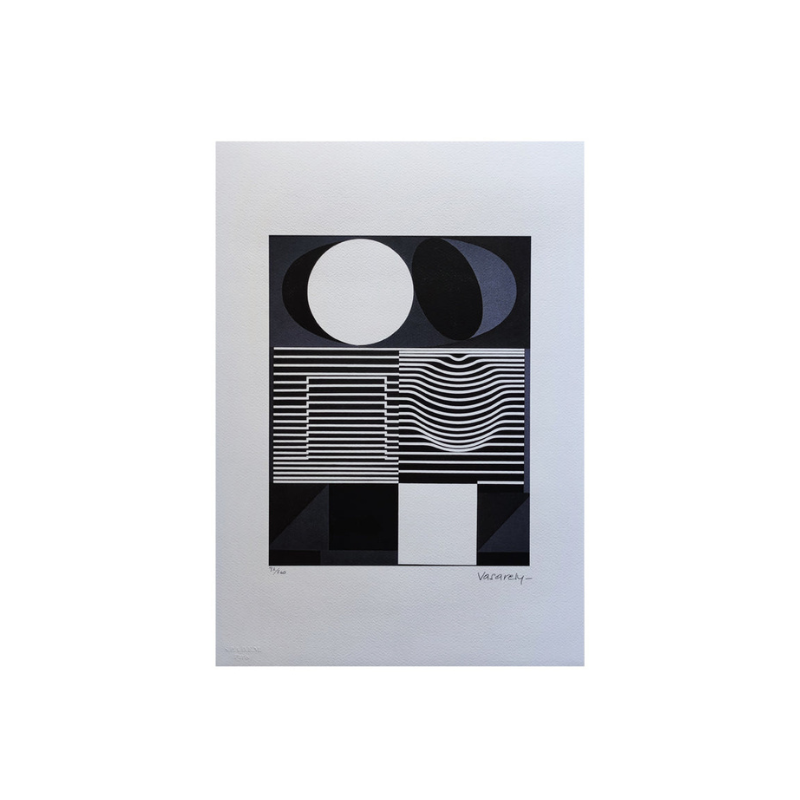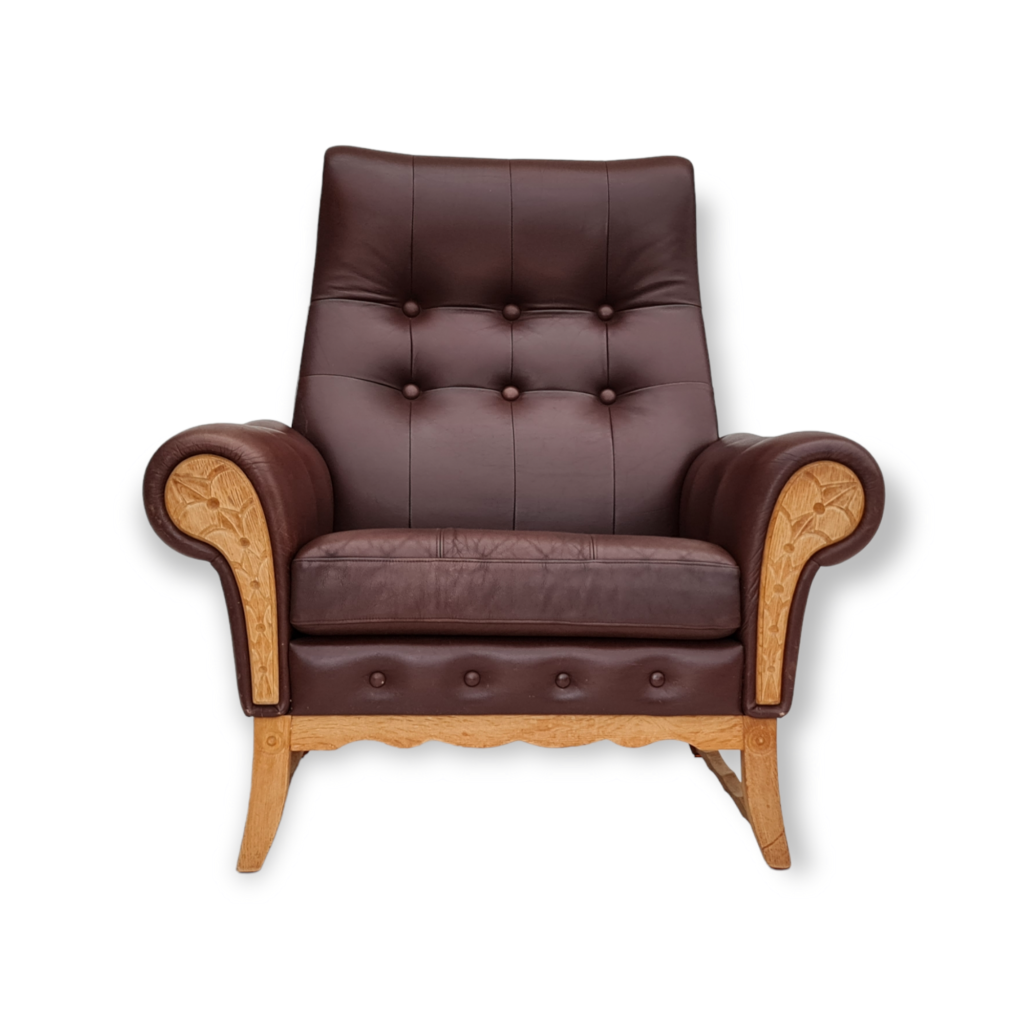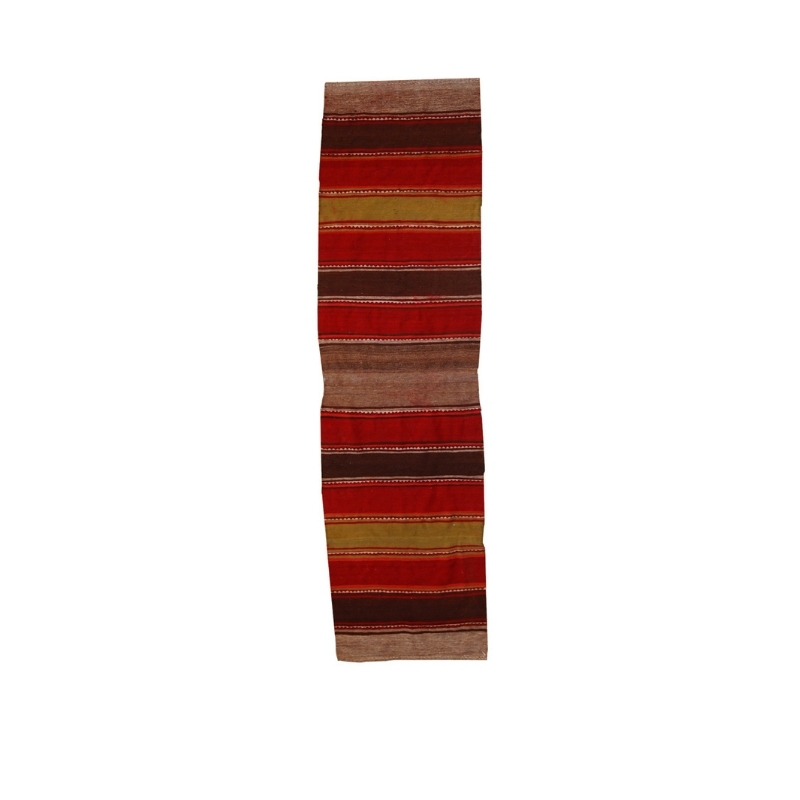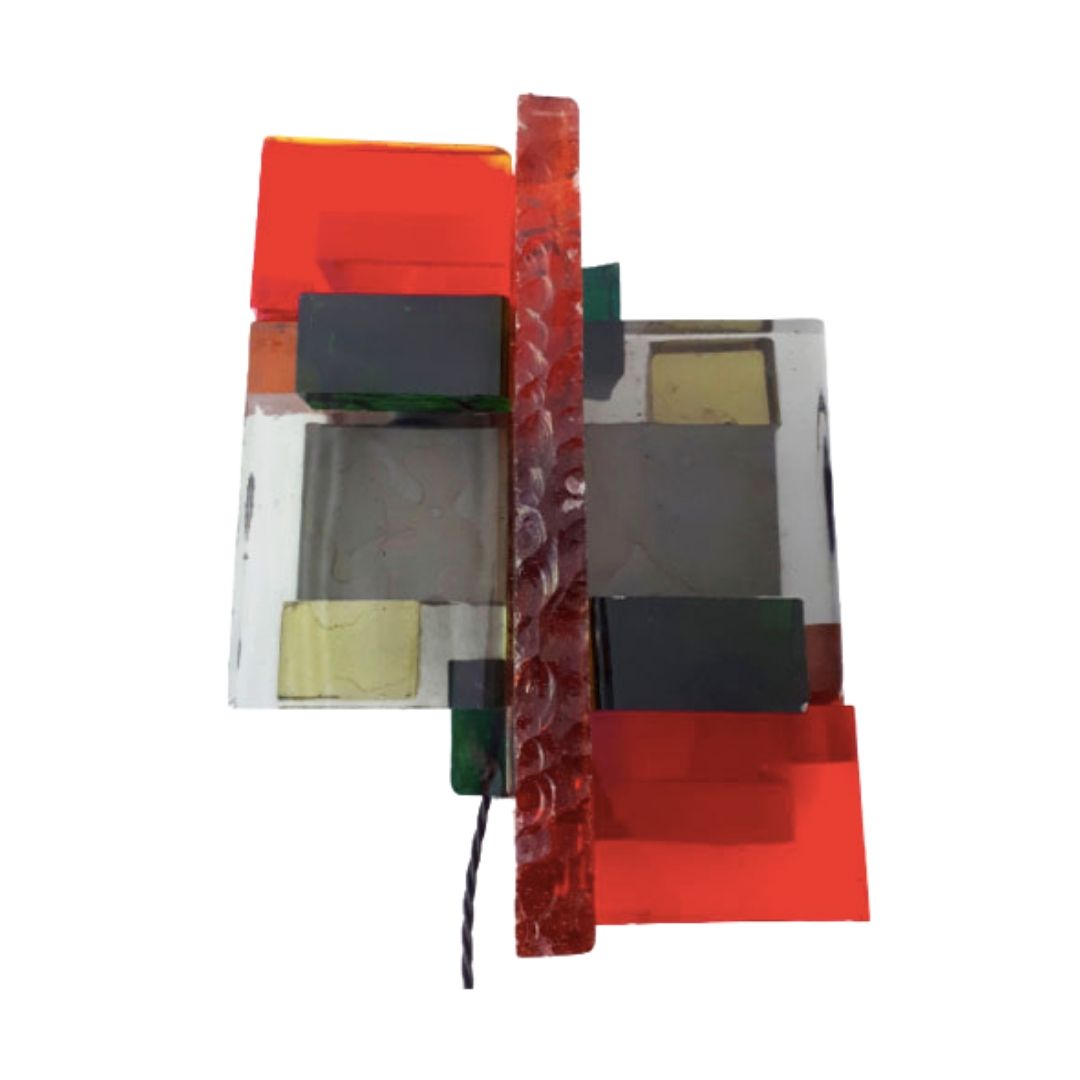I purchased these chairs from UC Berkeley approx 10 years ago. They have been in my living room since that time, but I am looking to confirm identity. I had a dealer out on the east coast suggest they were a very early original The Chair, but there is no wood burned mark, or any identifying marks. They are old, but I have no way to actually date them. <img class="wpforo-default-imag
<img class="wpforo-default-imag
I believe they are vintage copies. This old thread on DA may be helpful:
http://www.designaddict.com/forum/Identification/Please-help-Hans-Wegner...
In addition, Wegner's design didn't use screwed-on corner blocks to support the seat.
I believe vintage replica as well (there were many). In addition to the lack of brand marks and corner blocks, which could have been a later addition (although these look original), I don't think Johannes Hansen ever had air holes in the plywood seat. The tips of the backrest finger joints also look more rounded than they should be.
Any thoughts on them being originals produced in a cheaper wood to keep costs down at such volume and with more solid construction (corner blocks) for commercial use?
Here is another interesting thread with The (Same) Chair:
http://www.designaddict.com/forum/Identification/help-for-hans-wegner-ch...
When researching the CH-24 the consensus seemed to be that there were no vintage knockoffs because the chair was so difficult to produce. I kind of see the same thing going on with this chair, but that thought process doesn't hold as true for some reason. Maybe due to the immense popularity during that time?
I'd be interested to see how close the UC Berkeley chairs measure to a stamped JH version.
I also remember reading some of leif's discussion of furniture production being 'outsourced' within Denmark to other makers when they couldn't keep up with the volume. I think that was the general idea anyway... I wonder how these big commercial orders were handled.
There were lots of vintage knockoffs of The Chair. Somebody here posted a vintage photo of a line up of vintage knockoffs. The chair in question is a vintage knock-off. And the chair in that other thread is a different vintage knockoff.
Read up on Johannes Hansen and you will understand why this was not the sort of maker who would just make cheaper volume versions, or more "solid" versions.
Carl Hansen outsourced some parts of the wishbone chair, which I know because I've read it from The company itself. The entire outsourcing of a chair is not quite determined. And again read up on Johannes Hansen and Carl Hansen and you will understand why the companies were different.
Thanks for the input. Sounds like they may be vintage copies. Good ones if they are as everything does look like the original with the exception of the corner braces and apparently the holes drilled in the base. I'm busy selling off all of the furniture in my second home as I prepare sell it and hit the road for a few years traveling. Wanted to try to identify these to make sure before posting them up for sale. The only other thing on the chairs is a tiny bit of newspaper stuck to the bottom of one chair shown in the picture attached here.
Indeed it is not bad for a vintage replica. I'm sure more than a few of these vintage replicas have been sold under an authentic banner; probably both unintentionally and intentionally. I've noticed many dealers prefer to live in ignorant bliss on issues like this.
On a related note, with the flooding of pretty good new Danish Modern knockoffs from China recently entering the marketplace, collectors 50-100 years from now will have more noise to sift through to find the originals. I assume DesignAddict will still be around, but in a virtual reality interface a la Minority Report, that will guide buyers in real time as they walk through vintage stores.
I'd forgotten about that picture!
After a bit of searching, it's from the Danish Foreign Office Journal. no.47-57 (1964-66) p35. Full text isn't online due to copyright issues, but it's available in a lot of libraries.
So around 1964 there were at least 9 different knockoffs of the round chair, assuming each one of those chairs in the background is from a different maker.
"Embarrassing plagiarism affair at Furniture-Exhibition"
"Fake danish chairs from Yugoslavia are now legally sold in Sweden"
"The court must determine whether a chair is art"
"The 50 illegal chairs in Nykøbing F. smashed against concrete"
I can understand that Wegner and Hansen wouldn't compromise on the quality of materials or construction of the chair, and it's not surprising that they would rather maintain quality than outsource to meet demand. (Where they able to meet worldwide demand??)
Any idea of JH production numbers of the round chair each year? Any recommended reading? It's not such an easy thing to learn about, as you probably know. Thanks for sharing as always!
Great info in that document, I'm enjoying it. Thanks leif!
To vaguely answer my own question with no verification of the source:
"The PP Møbler workshop is housed in a cozy building in Allerød, a residential suburb of Copenhagen. This is not an IKEA-style factory, stamping out thousands of products daily. Each unit of the Chair is worked on by at least five craftsmen and takes nearly 12 hours to complete. Only about 200 to 300 are finished per year; Marianne estimates that in 58 years a total of 20,000 pieces have been made."
source: 2007 metropolismag dot com "Made to Last the Chair"
If you need any help, please contact us at – info@designaddict.com









